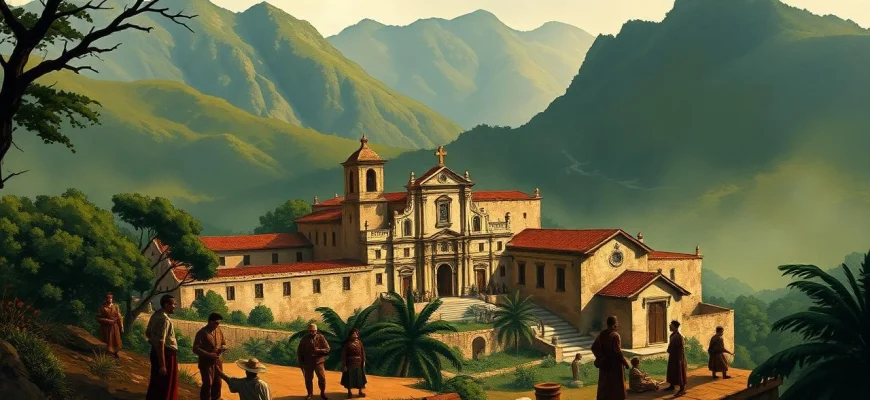If you were captivated by the emotional depth, historical richness, and breathtaking cinematography of 'The Mission' (1986), you're in for a treat. This article explores 10 movies and shows that share similar themes of faith, colonialism, and moral dilemmas, offering the same powerful storytelling and visual grandeur. Whether you're a fan of historical epics or thought-provoking dramas, these recommendations will satisfy your craving for more cinematic masterpieces.

Aguirre, the Wrath of God (1972)
Description: Werner Herzog's film shares with 'The Mission' a focus on European expeditions in South America and the madness that can accompany colonial ambition. Both films feature stunning jungle landscapes and explore themes of obsession and cultural clash.
Fact: Klaus Kinski's performance is legendary for its intensity. The production was notoriously difficult, with Herzog reportedly threatening Kinski with a gun. Filmed on location in the Peruvian Amazon under extreme conditions.
 Watch Now
Watch Now 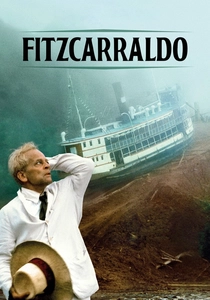
Fitzcarraldo (1982)
Description: Another Herzog film that, like 'The Mission,' involves a grandiose European project in the South American jungle. Both films feature incredible physical challenges and examine the collision between European dreams and American realities.
Fact: The famous scene of dragging a ship over a mountain was done for real, no special effects. The production was so difficult it became the subject of another film, 'Burden of Dreams.' Originally meant to star Jason Robards and Mick Jagger, but Robards fell ill and had to drop out.
 Watch Now
Watch Now 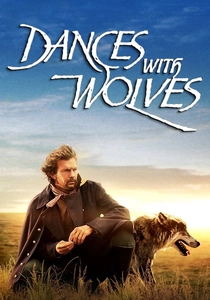
Dances with Wolves (1990)
Description: Both 'Dances with Wolves' and 'The Mission' explore the theme of a European finding redemption and purpose among indigenous people they initially intended to dominate or convert. The films share epic scope, stunning landscapes, and a critique of colonialism.
Fact: Kevin Costner invested his own money to complete the film. It was the first Western to win the Best Picture Oscar since 193The Lakota dialogue was meticulously crafted with the help of native speakers.
 Watch Now
Watch Now 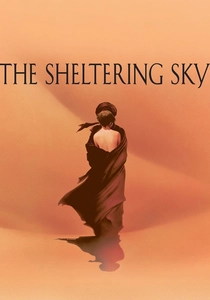
The Sheltering Sky (1990)
Description: While set in North Africa rather than South America, this film shares with 'The Mission' themes of cultural dislocation, spiritual searching, and the transformative power of foreign landscapes. Both films feature protagonists undergoing profound personal journeys.
Fact: Based on the novel by Paul Bowles, who appears in the film as the narrator. Debra Winger and John Malkovich's intense performances drive the film. The desert scenes were shot in Algeria and Niger.
 Watch Now
Watch Now 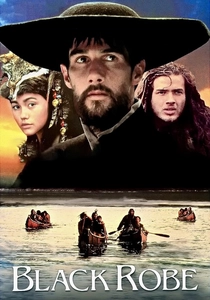
Black Robe (1991)
Description: This is perhaps the closest thematically to 'The Mission,' as both films focus on Jesuit missionaries in the New World. They share a stark, realistic portrayal of cultural conflict, spiritual crisis, and the harshness of wilderness survival.
Fact: Based on the novel by Brian Moore, who also wrote the screenplay. The film was shot in the Canadian wilderness under difficult conditions. It offers one of the most authentic depictions of 17th-century indigenous life in cinema.
 Watch Now
Watch Now 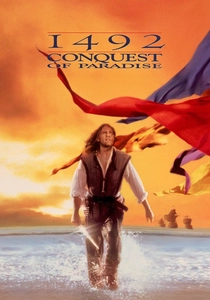
1492: Conquest of Paradise (1992)
Description: Like 'The Mission,' this film deals with the European discovery and colonization of the Americas, focusing on Christopher Columbus. Both movies examine the idealism and brutality of this historical period, with grand visuals and complex moral questions.
Fact: Released in 1992 to coincide with the 500th anniversary of Columbus's voyage. Features a memorable score by Vangelis. Depicts Columbus as a more ambiguous figure than typical heroic portrayals.
 Watch Now
Watch Now 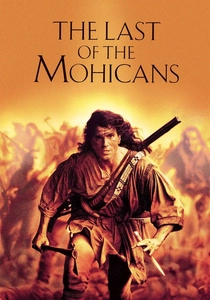
The Last of the Mohicans (1992)
Description: Similar to 'The Mission' in its exploration of colonialism, cultural clashes, and the struggle for survival in a foreign land. Both films feature breathtaking natural landscapes and a strong emotional core, with themes of honor, sacrifice, and the impact of European expansion on indigenous peoples.
Fact: Daniel Day-Lewis performed many of his own stunts, including running through the forest and climbing cliffs. The film's score, particularly the song 'Promontory,' is iconic and often used in trailers for other movies. The movie was shot in the Blue Ridge Mountains of North Carolina.
 Watch Now
Watch Now 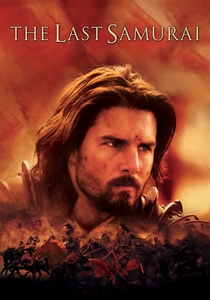
The Last Samurai (2003)
Description: Similar to 'The Mission' in its portrayal of a Westerner finding meaning in a foreign culture facing destruction from modernization. Both films feature epic battles, spiritual themes, and a nostalgic view of traditional ways of life.
Fact: Tom Cruise trained extensively in samurai swordsmanship for the role. The film's depiction of the Satsuma Rebellion blends historical events with fictional elements. Ken Watanabe's performance earned him an Oscar nomination for Best Supporting Actor.
 Watch Now
Watch Now 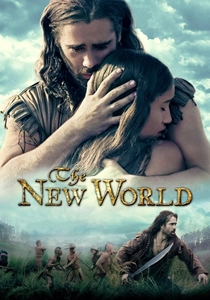
The New World (2005)
Description: This film shares with 'The Mission' a poetic and meditative approach to the encounter between Europeans and indigenous peoples. Both movies emphasize the beauty and tragedy of these cultural collisions, with lush cinematography and a focus on personal relationships amidst historical upheaval.
Fact: Terrence Malick spent years editing the film, resulting in multiple versions. Colin Farrell lived in the wilderness to prepare for his role as John Smith. The film uses natural light extensively, creating a dreamlike visual style.
 Watch Now
Watch Now 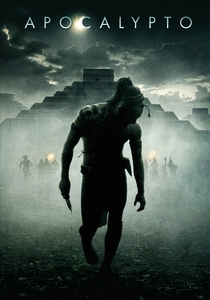
Apocalypto (2006)
Description: Like 'The Mission,' 'Apocalypto' delves into the themes of colonization, cultural destruction, and the resilience of indigenous people. Both films are visually stunning and depict the brutal realities of European contact with native populations, though 'Apocalypto' focuses on the Mayan civilization.
Fact: The dialogue is entirely in the Yucatec Maya language. Mel Gibson cast indigenous actors with no prior acting experience. The film's climax was inspired by the arrival of Spanish conquistadors, linking it thematically to 'The Mission.'
 Watch Now
Watch Now 
